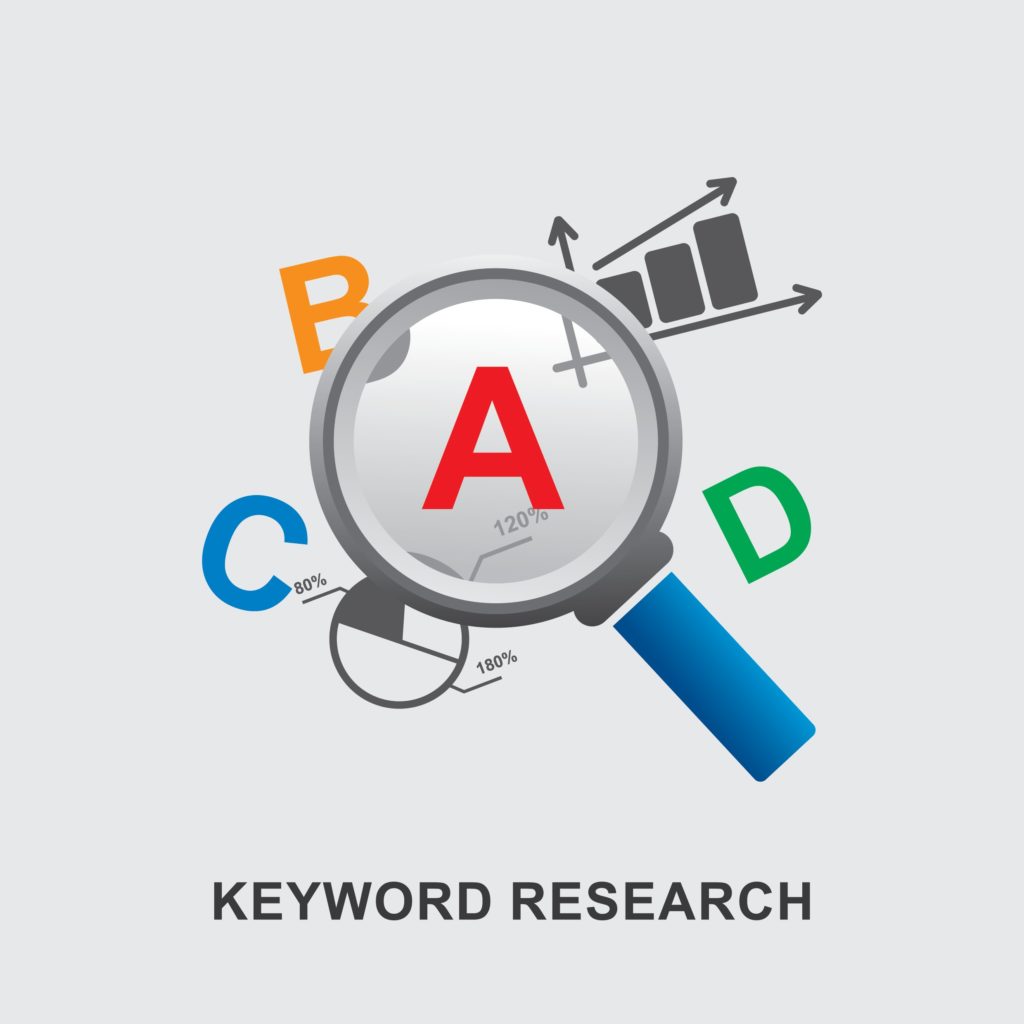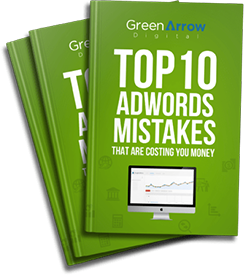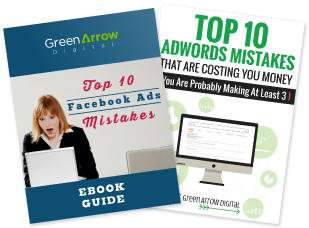Are you one of those business owners who’s struggling how to make Adwords work for your business? Then it’s time for you to reset your strategy.
Running your business in Google Adwords is an essential part of a strong marketing strategy but at the same time, it is a real challenge. Adwords is a very competitive marketplace with lots of competition.
Luckily, making some minor changes to your Adwords technique would probably give you an amazing result that would let you reap the benefits for your business. So, let’s start implementing these 5 Adwords best practices for ANY niche.
1. Conduct negative keyword search
 Before you do anything else, start with the most important thing to do first and that is to look for the right keyword that would make your advertising work.
Before you do anything else, start with the most important thing to do first and that is to look for the right keyword that would make your advertising work.
Figure out what are the keywords that triggered your ads. Extract Search term report and narrow the search with negative keywords. When filtering negative keywords, there are two important exclusion categories you need.
- Irrelevant searches
Get rid of the keywords that aren’t relevant at all. These are the common misspellings, homonyms, and inappropriate searches that has a high potential in misleading customers. You wouldn’t want to pay for pricey ads just to leave your customer disappointed. Of course you only want your ad to appear for those people who have a high interest in looking for product like yours. - Unqualified traffic
Next is eliminating searches from people who aren’t ready to buy your product or service that in the end, their clicks will only cost you.
Words related to learning, job searching, cost cutting and seeking for reviews are the terms you need to include in your negative keywords lists. People who searched those terms weren’t probably looking to spend their money.
Having the negative keywords as well as the positive at the same time will give you a more effective ad since you are targeting the right audience.
2. Don’t use broad match keywords
When using the broad match keywords, your ad can be triggered by literally anything.
Broad match types will mean that your ad will show for MANY unrelated search terms.
I was once auditing a dentist’s account – they were using broad match types… and their ads were showing up for people searching for a vet!!
Fortunately, instead of using broad match type, you can try using broad match modifier to restrict the application of broad match type. Click here for more information about its benefits and how to use it.
3. Give Your Ad an Edge with Ad Extensions
Ad extensions are exactly how they sound… an extension to your ad! For FREE!
It allows you to give the searchers an overview about your business without making them click the learn more ad link. Having extensions in your ad gives you more effective selling proposition.
When using ad extensions, you will be taking up more space on the page, pushing your competitor ads further down the page.
Some of the extensions you can use are the call extension and sitelinks. Call Extension is where you can add phone number to your ad that makes it easier for potential customer to reach you right away. On the other hand, sitelinks allows you to add more links (specific pages on your site that you want to feature with relevance to user’s query) and when visitor click it, they will be redirected straight to where they want to go.
You can use as many extensions as you can. Just make sure that they make sense to boost the effectiveness of your ads.
4. Competitor Research
 Let’s be honest, the online space is so competitive… it’s fierce! Whether you want it or not, they are always out there to win your target customers.
Let’s be honest, the online space is so competitive… it’s fierce! Whether you want it or not, they are always out there to win your target customers.
It is very important for every marketers to conduct a competitor research. With this initiative, you’ll be able to assess the strengths and weaknesses of your potential competitors as well as the current ones.
By monitoring your competitors, you’ll get to know their behaviour as well as the next steps they might be taking onwards. After that, you can start creating your plan and strategize how to win those customers away from your competitors. There are free tools out there that you can use for your competitor research like SEMrush. All in all, keeping tab with your competition is a good strategy in making your business grow.
5. Proper Account Structure
Finally, we are down to the last part of Adwords best practices which is the proper account structure.
Taking time to strategize the layout of your PPC account lets you ensure that your ads and keywords are tightly themed for a better CTR and Quality Score. Your assurance for the searches that triggers your ads are relevant for your audience is high. And of course, having a proper account structure makes your life easier during optimization and maintenance because it is organized.
When creating an account, simply follow these rules which is applicable to any niche:
- Make it easy for budget distributions.
You can do this by creating different campaigns for each services that is being offered by your business. Use a descriptive naming conventions for it so it would be much easier to distinguish during optimization. If you have to run search and display campaigns, include this to your campaign names too to help you quickly look at specific performance metrics when needed.You should also create a descriptive naming convention in your adgroup to easily determine where your keywords should be. - Make sure that you don’t set one bid for every keyword.
Continue to manage the bids and make sure that you are getting what you want in terms of the position and the price you are paying for your keywords. Remember that being in higher position of page enables you to have a higher CTR (Click-through-Rate) which also gives you a big opportunity to boost your keyword’s quality score. - Breakdown your keywords into relevant ad groups.
Another one to help you increase your quality score is to break your keywords down to its most relevant ad groups. This way, you will be able to include the keyword in the Headline of the advert as well as on its Display URL. - Create a relevant landing page.
It is important that you provide the most appropriate landing page to your ad to avoid disappointment from your potential customers and to avoid putting your money in the hole. Give them the landing page that they’ll be expecting once they click your ad.If it happens that you don’t have a relevant landing page for your ad, ask yourself first if is it worth bidding for those keywords and if it is, you shall build a specific landing page for them. If you insist putting irrelevant landing page for your ad, you will only end up suffering from getting a low quality score and higher CPC (Cost-per-Click) without making any money. - Constantly add negative keywords.
As we have mentioned in the first best practice, in order for you to have an effective and profitable Adwords campaign, you need to constantly add negative keywords to your account to make sure that Google only shows your ads to the searches that are relevant to your business. - Location targeting is set.
Show your ads to locations that would only benefit you. There is no point showing your ads to any other locations that has nothing to do with what your business has to offer.
Moving forward, following these best practices in Adwords will help your campaign be more profitable regardless of what type of business you are running. Just make sure that you understand how your account was presented and that you can easily manage and navigate around it.
Join our PPC Academy and to get access to dozens of tutorials, webinars and master classes.



